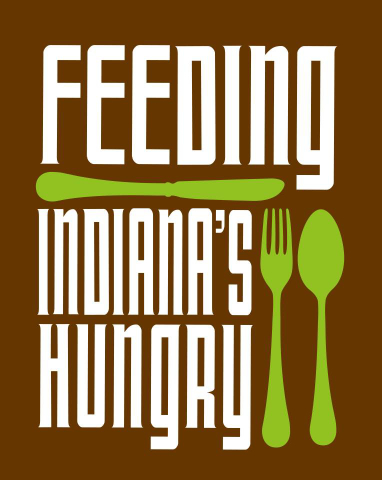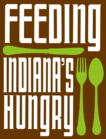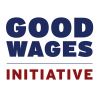Nation-wide Research Reveals Poverty to be Most Impactful to Consistent Food Access
INDIANAPOLIS, IN – REVISED April 24, 2014 – Feeding Indiana’s Hungry announced that the annual Map the Meal Gap results released today show that food insecurity continues to remain high in Indiana. According to the newly released data, 15.7 percent of Hoosiers are food insecure–more than one million people–which includes nearly 346,000 children.
Indiana falls around the national average of 15.9 percent food insecurity for all Americans; 21.8 percent of Hoosier children are food insecure compared to 21.6 percent of all American children. Rates reach as high as 19.2 percent of the total population in Marion County and 28.5 percent of children in Fayette County, Indiana’s highest areas of food insecurity. Indiana’s lowest rates occurred in Hamilton County, where 9.8 percent of the total population and 14.3 percent of children are food insecure; however, this still amounts to an estimated 27,130 people and 11,790 children in Hamilton County who don’t know from where or when then their next meal will come.
Map the Meal Gap 2014 is a detailed analysis of food insecurity done by Feeding America and the only study available that provides county–level estimates of food insecurity in the United States. Food insecurity is defined by the USDA as a socioeconomic condition of limited or uncertain access to enough food to support a healthy life.
“Studies like Map the Meal Gap 2014 allow Indiana’s food banks to continue to evaluate and adjust to the need in individual counties across the state,” said Emily Weikert Bryant, executive director of Feeding Indiana’s Hungry. “The research data includes weekly food-budget shortfalls, demographics and poverty levels which help us define the social issues plaguing Indiana to work together with state and local leaders to find a solution.”
The information is provided in an interactive map that allows viewers to find out how widespread hunger is in their community. The map can be found at www.feedingamerica.org/mapthegap and https://feedingindianashungry.org/resources/map-the-meal-gap/
Other key findings in Indiana:
54 percent of Indiana’s food insecure are likely income eligible for eligibility in the Supplemental Nutrition Assistance Program (SNAP) and other federal nutrition assistance;
31 percent of Indiana’s food insecure have income that falls above all federal nutrition program income eligibility thresholds and would likely be income eligible only for charitable nutrition assistance provided by a food bank, food pantry, or other charitable organization;
71 percent of food insecure Hoosier children live in households likely eligible for federal nutrition assistance like free and reduced price school lunch, school breakfast, and the Summer Food Service Program.
Research for the study was generously supported by the Howard G. Buffett Foundation, ConAgra Foods Foundation and Nielsen.
“Hunger is a pervasive and solvable problem plaguing every corner of America today,” said Bob Aiken, CEO of Feeding America. “By continuing to provide extensive and revealing data like the 2014 Map the Meal Gap study, we will be able to tackle these issues head-on and be armed with the information needed to work towards making sure everyone has enough to eat.”
The Map the Meal Gap 2014 analysis was developed by Dr. Craig Gundersen for Feeding America. Food-insecurity rates are based on a state-level model that allows for the population in need of food at the county and congressional district level. Additionally, Feeding America worked in collaboration with Nielsen to arrive at estimates for food-cost variation by county. Results were reviewed by the Feeding America Technical Advisory Group in order to ensure accuracy and promote transparency
A summary of the findings and the full report are available at www.feedingamerica.org/mapthegap



